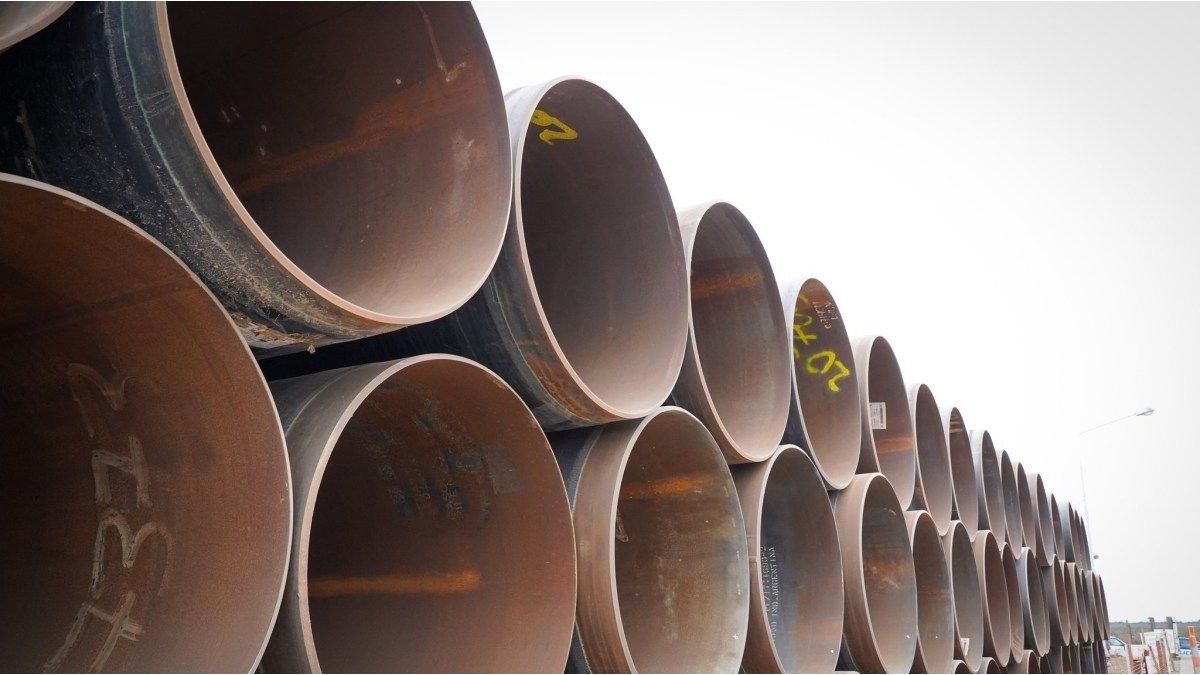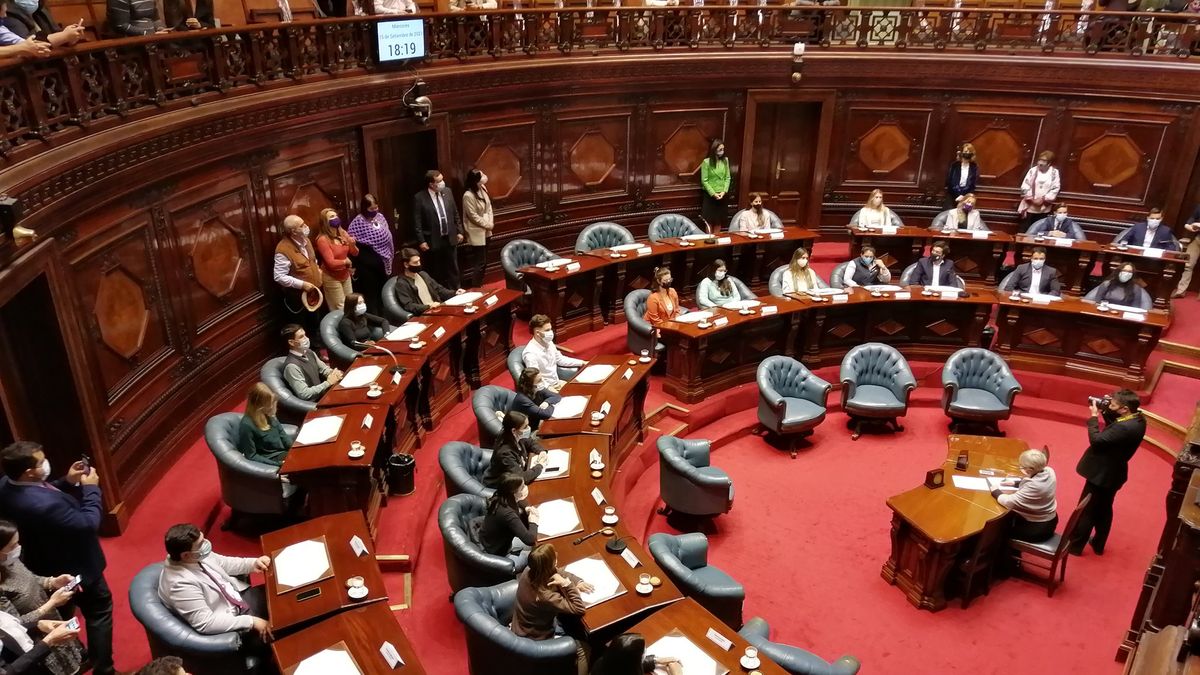energy companies Argentina and Brazil have started talks to reverse the southward flow of gas from a pipeline network that connects the three countries from Bolivia, while a regional hydrocarbon deficit threatens to push Brazil towards more expensive imports, according to Reuters.
A preliminary proposal on the gas pipeline change has failed to gain ground in Bolivia’s government, according to executives and sources, leaving Brazil increasingly exposed to swings in liquefied natural gas (LNG) prices.
Brazil has made it clear in recent months that it will need gas from Argentina, which has the second largest reserves of shale gas in the world to balance supplies.
The exports from Bolivia, once a prominent producer in the region, have declined rapidly and may not be available after 2029, experts say.
The fastest and most economical option to address the regional deficit may be to export gas from the formation of Dead cow in Argentina, reversing a network of Bolivian gas pipelines that have brought gas to the south.
But the Government of Javier Milei must first finish the reversal of the northern gas pipeline to take their gas to the border with Bolivia and build the commercial framework necessary to negotiate ratesaccording to executives and experts involved in the conversations.
The Government of Bolivia rejected the proposal of Argentina and Brazil
The Bolivian government and the state company YPFB recently rejected a initial proposal from Argentina and Brazil to pay a toll for the passage of Argentine gas throughout its territory, said three executives of companies involved.
The Andean nation has proposed importing Argentine gas and reselling it to companies in Brazil, they added. This plan was rejected by counterparts because it would imply significantly higher import costs for Brazil.
“It’s a commercial problem,” said Mauricio Tolmasquim, director of energy transition at Brazilian state oil company Petrobras, one of Bolivia’s largest gas recipients. “We have to find some common ground.”
Argentina wants to resolve internal transportation bottlenecks this year to balance its energy trade balance and start planning your exports. For its part, Bolivia would have to negotiate the terms to facilitate the passage of gas through its territory.
PAG8-TGN.jpg
Argentina wants to resolve internal transportation bottlenecks this year to balance its trade balance
If both things happen, Argentine gas could start flowing to Brazil next year during Argentina’s low demand season, said Álvaro Ríos, director of the consulting firm Gas Energy Latin America.
The LNG prices hit an all-time high in 2022triggered by Russia’s invasion of Ukraine, but have fallen to their lowest level in almost three years due to weaker than expected demand from a mild winter and large reserves in the United States, Europe and Japan.
Use of gas pipelines
Petrobras would prefer to receive more gas to fill its pipeline from Bolivia, which is currently operating at about 60% capacity, Tolmasquim said a few days ago on the sidelines of the CERAWeek conference in Houston.
“If Bolivia can increase (supply) to Brazil, it would be perfect because then we can look for another way to bring gas from Argentina, (such as) build another gas pipeline to the south of Brazil or we can turn to LNG“he added.
However, until last year, the Andean nation was unable to meet the volumes negotiated with Brazil. In December, Petrobras agreed to modify its Bolivian gas contract to keep imports at up to 20 million cubic meters per day. The deal also allowed for seasonal flexibility and extended the timeline for achieving full supply, the company said.
Argentina, the second largest recipient of gas from Bolivia, could suspend its imports in October if it completes the reversal of the Northern gas pipeline and manages to expand its own gas network to bring more gas from the Vaca Muerta fields to its northern provinces, gas suppliers said.
The country is also trying to advance two large LNG projects, one of the malay Petronas and the state company YPF, and another from the oil and gas producer Tecpetrol.
“The current bottleneck is in Argentina’s gas pipelines. They may want to negotiate with Bolivia, but first they must reverse the flow of their own gas pipelines and secure gas to the border,” Ríos said.
He Bolivia’s supply to Argentina has decreased to only 2 million cubic meters per day, a fraction of Argentina’s 130 million cubic meters per day consumption, said Ricardo Markous, chief executive of Tecpetrol, which produces gas in Argentina and Bolivia.
Ríos said Bolivia’s gas exports, whose production has fallen about 45% in the last eight years to about 34 million cubic meters per day, are unlikely to increase in the coming years.
“Bolivia by 2029 will no longer have gas to export because internal demand will equal production capacity. The decline in production has been accelerating each year,” he explained.
This drop is expected to increase pressure to look for alternative sources, experts and sources said, especially if LNG prices, which have been the alternative for Brazil and Argentina in recent years, rise again.
Source: Ambito




